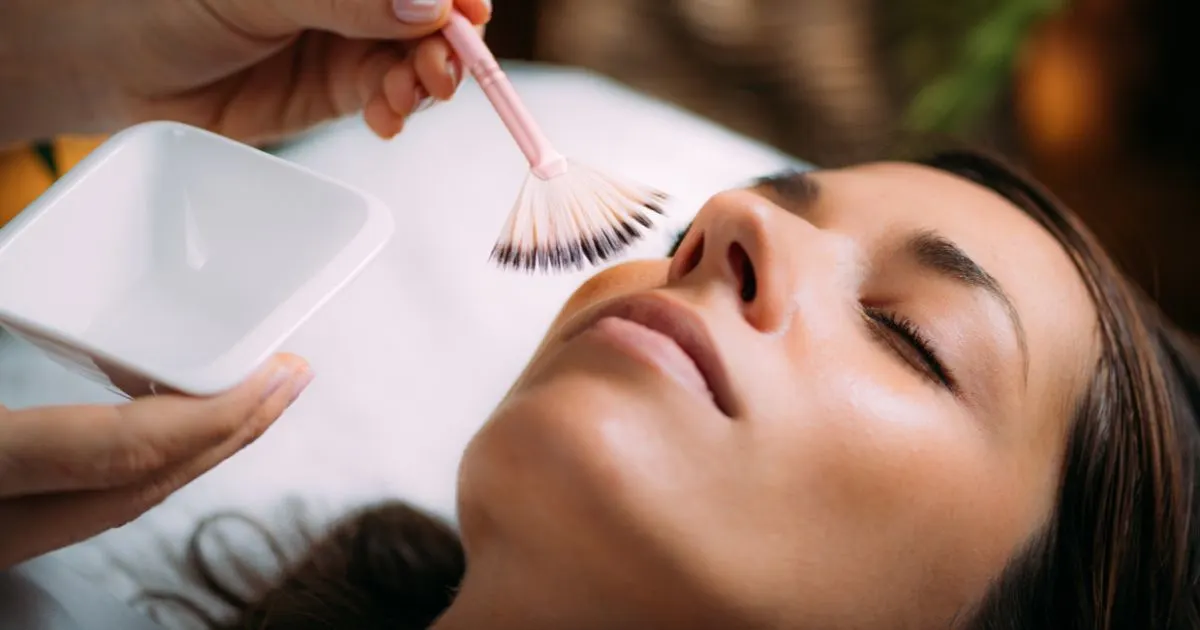Hair loss can be a distressing issue that affects both men and women. It not only impacts appearance but can also significantly affect self-confidence. Fortunately, modern hair restoration methods offer a range of solutions to address hair thinning, balding, and other hair-related concerns. But how do these treatments work, and what options are available? Let’s explore the science behind hair restoration and some of the most effective treatments today.
An In-depth Understanding of Hair Loss
Hair loss can arise from various factors, including genetic predisposition, hormonal imbalances, and environmental influences. One of the most common causes is Androgenic Alopecia (AGA), often referred to as male- or female-pattern hair loss. AGA occurs when androgens, particularly dihydrotestosterone (DHT), over-stimulate hair follicles, causing a gradual shift from thick, healthy strands to finer, weaker ones. While androgens are primarily linked to male pattern baldness, they also contribute to female pattern hair loss, though additional factors may play a role in women.
Beyond AGA, several other health conditions can contribute to hair loss, including:
- Alopecia Areata is characterized by sporadic hair loss due to an autoimmune disorder.
- Telogen Effluvium: Extensive hair shedding caused by medication, metabolic stress, or hormonal changes.
- Anagen Effluvium: Hair loss resulting from radiation or chemotherapy treatments.
- Thyroid Disorders: Imbalances in thyroid hormones, whether too high or too low, can affect hair growth.
- Iron Deficiency Anemia: Low iron levels may contribute to hair thinning and increased shedding.
By understanding the diverse factors that lead to hair loss, treatments can be personalized to meet specific needs, guiding individuals toward solutions that promote thicker, healthier hair and renewed confidence.
Understanding Hair Restoration: How Do They Work?
Hair restoration involves various procedures and treatments to address hair loss while stimulating the growth of new, healthy hair. These treatments utilize advanced technology and medical innovations to revitalize hair follicles, improve scalp circulation, and nourish hair for optimal regrowth. Hair restoration treatments often include microneedling combined with exosome serums, exosome therapy alone, and topical solutions like minoxidil. Each approach targets the underlying causes of hair loss by reactivating dormant follicles and promoting the development of thicker, healthier strands. These treatments provide a pathway to a fuller, more vibrant head of hair, allowing individuals to regain confidence in their appearance.
Discovering Effective Treatments for Hair Loss
Hair loss can be a challenging experience, but several proven treatments can help address the issue and promote healthier, fuller hair. Whether through over-the-counter solutions, prescription medications, or advanced therapies, the options available today offer promising results for those dealing with hair thinning or loss.
Minoxidil (Rogaine)
Minoxidil is one of the most widely used over-the-counter treatments for hair loss. As the first topical drug approved by the FDA, it has become famous for stimulating hair growth. Minoxidil acts as a vasodilator, increasing blood flow to the scalp and energizing hair follicles. It comes in both foam and serum formulations and is effective in numerous studies, making it a go-to solution for many looking to combat hair loss.
Finasteride
Finasteride is a prescription medication that targets one of the primary hormonal causes of hair loss. Finasteride reduces dihydrotestosterone (DHT), a hormone associated with hair thinning, by inhibiting the enzyme 5-alpha reductase. Taken orally, finasteride has been clinically proven as hair restoration for women and men, offering an effective solution for those experiencing more advanced hair loss.
Microneedling with Exosome Serum
Microneedling is another innovative technique used in hair restoration. It involves creating tiny micro-wounds in the scalp to stimulate the body’s natural healing process. When combined with an exosome serum, the procedure becomes even more powerful. Exosomes, tiny particles involved in cell communication, play a critical role in activating hair follicles and promoting regeneration. This approach also extends the hair growth cycle, giving existing and new hair more time to grow stronger and healthier.
Exosome Injections
Exosome injections are another advanced treatment option. In these injections, stem cell-derived exosomes are injected directly into the scalp. These injections are designed to stimulate hair growth and increase hair density, offering a non-surgical solution for individuals looking to improve hair volume and quality.
Hair Growth Supplements
Hair growth supplements can be an effective way to address the internal factors contributing to hair thinning. These supplements target the root causes of hair loss, such as nutritional deficiencies or hormonal imbalances, and support the body’s natural hair growth processes.
Topical Medications
Topical medications like minoxidil are crucial to many hair restoration regimens. These medications stimulate hair follicles and encourage regrowth, helping prevent further hair loss. Specialized topical formulations can be tailored to individual needs, offering a personalized approach to managing hair thinning. Various ways exist to effectively address hair loss, from over-the-counter solutions to advanced treatments. Each option offers different benefits, and by exploring these treatments, individuals can find the right solution for their specific hair restoration needs.
What to Expect From Hair Restoration Treatments
Hair restoration is not a one-size-fits-all solution. Receive personalized attention during a consultation, where hair loss concerns are thoroughly evaluated, and a tailored treatment plan is developed based on individual needs. Depending on the chosen treatment method, specific preparation guidelines will be provided to help achieve the best possible results. Here’s what you can typically expect:
- Consultation: A thorough consultation with a hair restoration expert is essential. This involves assessing the patient’s hair loss pattern and medical history and discussing the most suitable treatment options.
- Treatment Sessions: Non-invasive treatments may require multiple sessions over several months to achieve the best results.
- Results Timeline: It’s essential to have realistic expectations. Hair restoration treatments take time, with visible results usually appearing several months after the initial treatment.
- Maintenance: Depending on the treatment, maintenance sessions may be necessary to sustain the results.
Schedule Your Consultation Today
Hair restoration is a transformative solution for individuals struggling with hair loss, offering a renewed sense of confidence and well-being. Whether you’re considering microneedling with exosome serum, exosome injections, or topical medications for hair loss treatment, the first step is a professional consultation to determine the right approach. If you’re ready to discover the best solutions for hair loss, visit AR Aesthetics in Tampa and Melbourne, FL, to explore the latest hair restoration technology. We offer a range of personalized treatments designed to restore hair and confidence. Schedule a consultation today to begin your journey toward fuller, healthier hair!

























